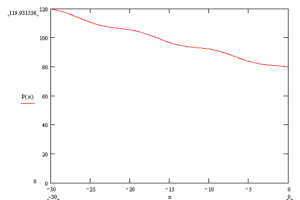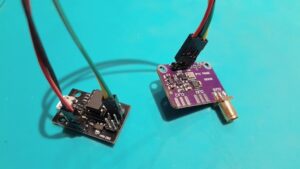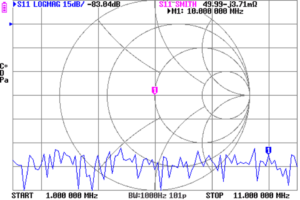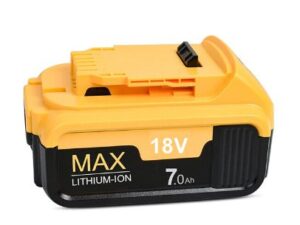Power standing wave null? discussed the “Power Standing Wave” concept unfolding on social media.
Already a correspondent has asked if the graphs given in Power standing wave null? can be replicated in SimNEC.
They can. The original graphs were wrt displacement from the source along the line to the load, and the sign of diplacement is -ve (consistent with the Telegraphers Equation). So, that requires a bit of manipulation in SimNEC, and because SimNEC does not allow us to sample a TL element at an arbitrary displacement, the following model uses to TL elements of overall length 30m, and by adjusting the length of each we can move the observation point (T1 input).
The calculations of lengths and power are visible in the popups. Continue reading Power standing wave null… more






